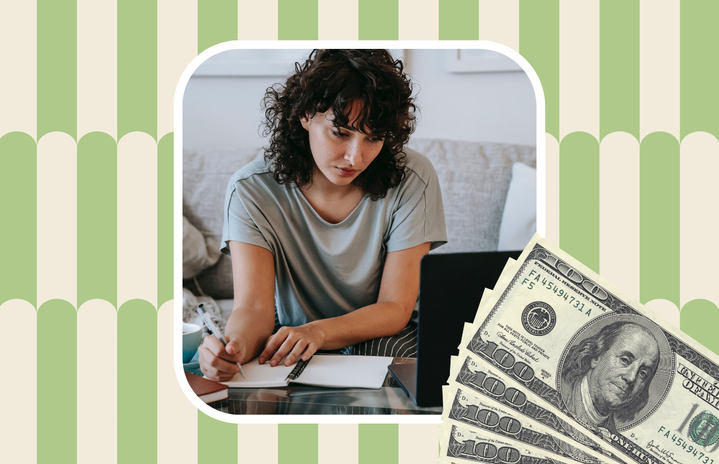On Oct. 17, the U.S. federal government officially launched the student loan forgiveness application online, allowing millions of students to apply for debt relief. However, on Oct. 21 — just a few days after the application opened — a federal appeals court temporarily blocked Biden’s loan forgiveness plan, despite the fact that about 22 million students have already applied for student debt relief.
The block was issued by the U.S. Eighth Circuit Court of Appeals, where six states — Arkansas, Missouri, Nebraska, Iowa, Kansas, and South Carolina — filed a lawsuit against the federal relief program (the states actually filed the lawsuit last month). Basically, the states claimed that Biden’s relief program would hurt state-based loan companies that manage federal loans themselves. While a federal judge originally dismissed the case, the six states appealed and asked the U.S. Eighth Circuit Court of Appeals to place a temporary hold on the program. The court is now reviewing the case.
Others are saying the Biden administration doesn’t have the legal authority to federally cancel student debt, which may mean even more lawsuits will follow.
So what does this all mean for you if you’ve already applied for student debt relief, or if you planned on applying? First things first, don’t panic.
I haven’t applied for student loan forgiveness yet. What should I do?
If you haven’t applied for student loan forgiveness yet, apply ASAP. Your application will still be reviewed, but you just won’t be able to qualify for or receive relief until the block is lifted. The site where the application lives now reads, “As a result of a court order, we are temporarily blocked from processing debt discharges. We encourage you to apply if you are eligible. We will continue to review applications. We will quickly process discharges when we are able to do so and you will not need to reapply.”
So, how do you apply? ICYMI, head to the online application on the StudentAid.gov website. The application is short and sweet — you only need to fill out your first and last name, social security number, date of birth, phone number, and email. If you’re confused on whether you qualify, the site also includes a brief summary of who qualifies — individuals who made less than $125,000 in 2021 or 2020 and families that made less than $250,000 in 2021 or 2020 — as well as more detailed information about how the process works.
What should I do if I already applied for debt relief?
If you’ve already applied, once again, don’t panic. The block is only temporary, and the U.S. government is still planning on giving students relief once the block is lifted. On Oct. 21, Education Secretary Miguel Cardona tweeted, “We are moving full speed ahead to be ready to deliver relief to borrowers. Today’s temporary decision does not stop the Biden Administration’s efforts to provide borrowers the opportunity to apply for debt relief nor does it prevent us from reviewing the millions of applications we have received.” OK, phew.
So, if you’ve already applied, just sit back and wait to see what happens.
How long will the court block on student loan forgiveness last?
It’s unclear how long the block will last, but it should only be a few days. In the coming days, the court will either dismiss the case and the program will carry on (which is the best-case scenario), or the court will issue an injunction, which basically means the pause will last longer. To stay updated, check the StudentAid.gov website periodically or follow The White House on Twitter.


